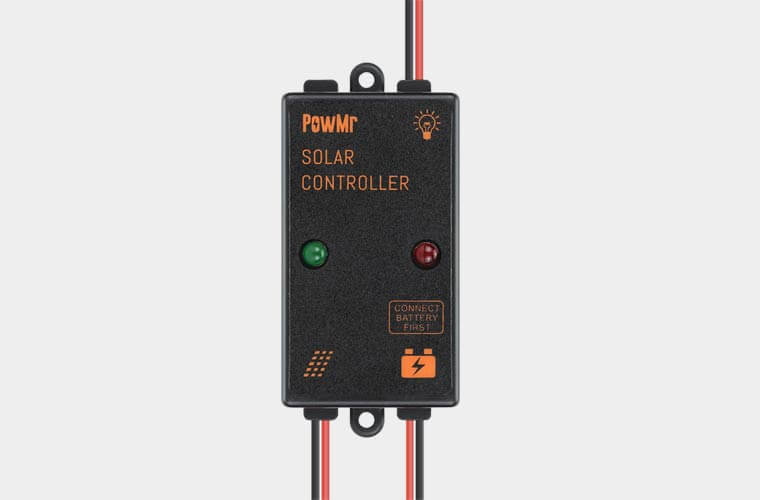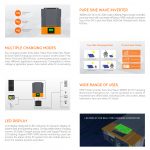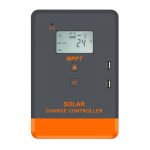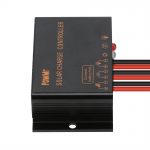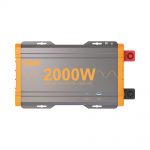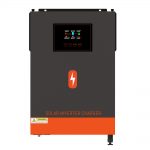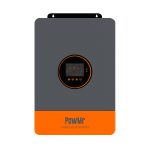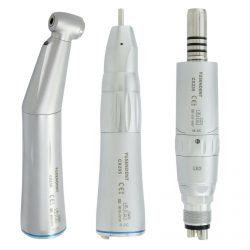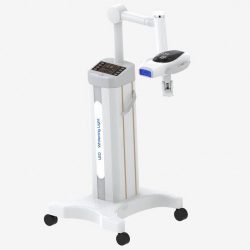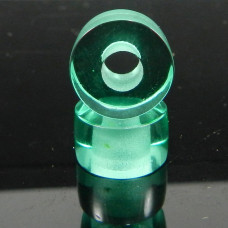Cut off utility power and switch to battery
Components of the natural environment such as solar radiation levels, ambient temperature and humidity are constantly changing. Therefore, the energy of the solar panel, which is generated and converted in a fixed manner, will not be sufficient to charge the battery. The effectiveness and efficiency of most MPPT solar charge controllers are between 93% and 96%. This solar charge controller is valuable in cold weather and cloudy days with little to no sunlight. This is the time when more power is required to charge the battery to maintain the SOC level.
WP5048D is a PWM type solar charge controller, capable of charging 36V and 48V solar charge controllers, this 50a solar charge controller is a new generation of multifunctional smart solar charge and discharge controllers that can handle up to 100V input power and With 12V/24V/36V/48V automatic identification system. The innovative structure design makes the controller installation safer and more reliable. Our team members have extensive knowledge of net metering regulations in all 50 states.
They can help you determine if you need solar cells as part of a rooftop solar system, or if you can rely on net metering to provide the energy your home needs. In addition to these benefits, using an innovative PWM solar charge controller on older technology means reducing solar system cost and battery handling issues. It also improves solar system reliability and reduces load disconnects.
It also provides an opportunity to reduce battery size to reduce system cost. inverter As we all know, the inverter plays an important role when we have no electricity. Basically, an inverter converts direct current (DC) to alternating current (AC). AC can be any voltage with the help of the right transformation. The inverter does the opposite of the rectifier. What is the best MPPT charge controller The best MPPT solar controller is the one that best fits your solar system and meets your battery or storage requirements.
All the details you need to know about your PV system, such as input and output power, maximum battery current, nominal system voltage (12V, 24V, 36V, 48V, 60V, 100V, 150V, and 200V, etc.). If you want more power on the go for less money, this is the one for you. It will help you get 20% to 30% of the energy from the solar panel for charging.
Stop wasting your solar system’s energy when using a PWM solar charge controller to make the battery charge change by only 50%. In addition, sine wave 24V Inverter are fairly quiet, and connected load devices (such as fans, light bulbs, etc.) do not hum. However, sine wave 1000 Watt Inverter are a bit cheaper than square wave variants. Short tubular cells are significantly smaller than tall tubular cells, but larger in height. This inverter battery is more convenient to store and carry. Bulk Charge: In the bulk charge stage, the mppt controller works in Vmpp mode, and automatically adjusts the output voltage to charge the battery to ensure that the system obtains the maximum power from the photovoltaic array.
Unlike PWM, during the bulk charging phase, the output is at a constant value. UPS Mode – When the inverter is in UPS mode, the inverter voltage operating range is between 180V-250V. That is, the inverter will charge the battery within the above voltage range. However, when the voltage is below 180 V or above 250 V, the UPS inverter cuts off the utility power and switches to the battery. This ensures the safety of sensitive electronic devices such as computers, hair dryers, blenders, washing machines, TVs, etc. Looking to use solar power, or upgrade your existing system?
An inverter is a device that converts electricity from a solar panel into usable electricity for a home. It is often the most complex part of the home solar system, and often the first to fail. MPPT Solar Charge Controller can be perfectly combined with grid-connected solar modules. Another significant advantage of the MPPT solar charge controller is that you can save a lot on cabling and wiring costs, which means smaller gauge wiring or wiring can be used. When choosing an MPPT solar charge controller, you must ensure that the following basic features are in place: voltage and current regulation, pulse modulation or PWM control, current compensated load disconnect, temperature compensation, and automatic load reconnection.
